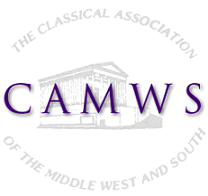The publication of the new Standards for Classical Language Learning appears just as the first fruits of the grand digitization project of the Biblioteca Apostolica Vaticana are becoming accessible, along with so many other manuscript digitization projects. The list of available manuscripts comprises a unique repository of instructional tools and potential career opportunities. Free access and the search ability of such a wide range and volume of manuscripts informed by the five goal areas of the new Standards will result in new approaches to information literacy, paleography and textual criticism. Conundrums in manuscripts that a handful of scholars (often working in isolation) in each generation might read and advance are now able to be determined with mechanical certainty, and with a celerity that would have been unthinkable just a few decades ago. This rediscovery of antiquity in Greek and Latin digitized texts, many from the Renaissance, presents classicists with a thrilling second Renaissance, an opportunity to reinvigorate manuscript study among undergraduates, Latin secondary teachers in training, graduate students, and on-line scholarly communities. My paper is an example of a paleography project that compares digitized manuscripts and applies the new Standards in editing a Medieval Latin text of the hedgehog (Fig. 1) in a thirteenth-century bestiary.
The Digital Humanist’s Renaissance: verba volant, scripta manent, digita sunt
Abstract of Article:

